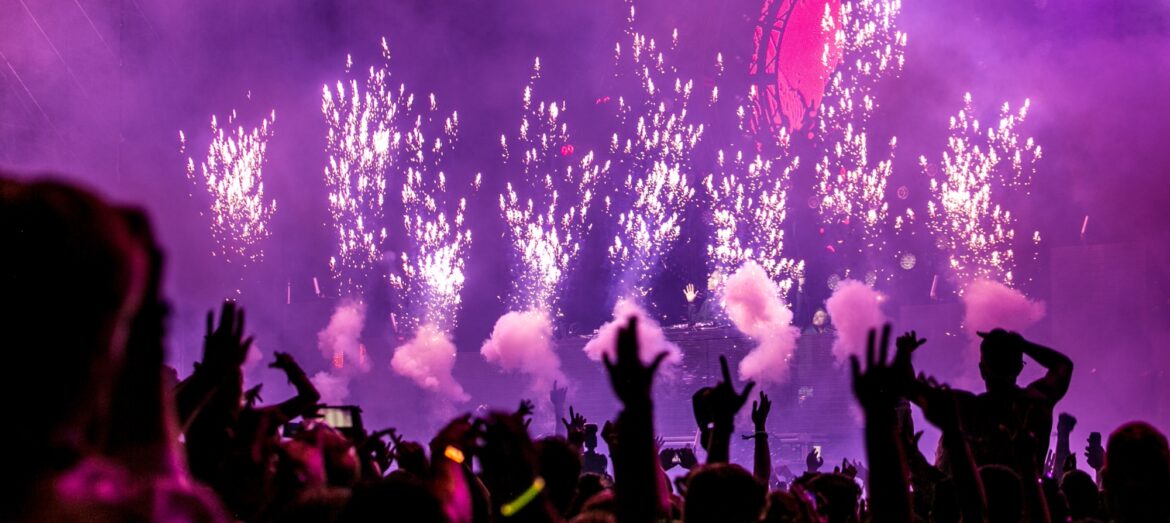Brief intro to the city, its vibe, and how to get around.
Ulaanbaatar, often called "UB," is the vibrant capital and largest city of Mongolia, home to approximately 1.5 million people—nearly half the nation's population.Nestled along the Tuul River at an elevation of 1,350 meters (4,430 feet), the city seamlessly blends modern urban life with rich nomadic traditions.Encyclopedia Britannica
City Vibe
UB is a city of contrasts, where centuries-old Buddhist monasteries stand alongside contemporary skyscrapers.The central Sükhbaatar Square serves as a cultural and political hub, surrounded by significant landmarks like the Government Palace and the National Opera.The city boasts a dynamic arts scene, bustling markets, and a growing array of international restaurants and cafes, reflecting its evolving cosmopolitan character.
Getting Around
Navigating Ulaanbaatar is facilitated by several transportation options:
- Public Buses and Trolleybuses: The primary mode of public transport, with an extensive network covering the city. Fares are paid using the U Money smart card, available at convenience stores and bus stops. As of 2021, adult fares range from 300 to 500 MNT. Wikipedia
- Taxis: Both official and unofficial taxis operate throughout UB. Official taxis are metered, but it's advisable to agree on a fare before starting your journey. Ride-sharing apps like UBCab are also popular and provide a convenient alternative. Wikipedia
- Walking: The city center is relatively compact, making it pedestrian-friendly. Exploring on foot allows you to experience UB's unique blend of old and new up close.
- Airport Transfers: The Chinggis Khaan International Airport, located about 52 km south of the city, is accessible via shuttle buses, taxis, and private transfers. Shuttle buses operate hourly from 4:00 am to 10:00 pm, with fares around 4,000 MNT. Taxis typically charge between 15,000–20,000 MNT for the trip




